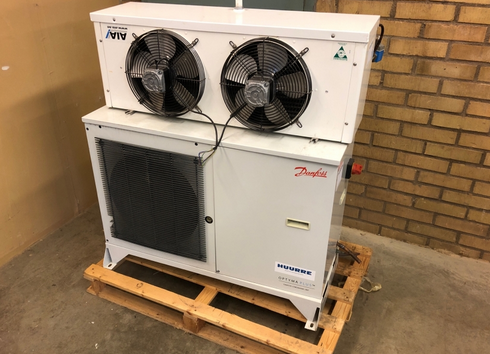Pain management observation is a vital tool for healthcare providers when it comes to effectively caring for patients experiencing pain. By taking the time to observe and evaluate a patient’s condition and symptoms, healthcare professionals can make informed decisions regarding treatment plans. In this article, we will explore Dr. William Siefert insights on pain management observation and how it can be implemented in medical practice.
Pain management observation is distinct from routine observation as it focuses specifically on the management of pain rather than simply monitoring general signs and symptoms. Dr. Siefert emphasizes the importance of this approach, as it allows both the patient and provider to collaborate in recognizing and addressing pain.
The benefits of pain management observation extend to both the mother and baby in cases of labor. By observing the mother’s body and understanding her discomfort, healthcare providers can assist her in making informed choices, such as opting for an epidural or pursuing a natural childbirth without painkillers. Similarly, understanding the factors that contribute to a mother’s discomfort during labor is crucial for ensuring the well-being of the baby.
Furthermore, when treating patients with pre-existing medical conditions like chronic obstructive pulmonary disease (COPD) or diabetes, healthcare providers must consider how these conditions may influence pain management. Conditions such as COPD make breathing challenging, and diabetes affects blood sugar regulation. Being aware of these factors allows providers to tailor pain management strategies accordingly.
Another aspect of pain management observation involves evaluating the impact of a patient’s medications on their pain. It is essential to ascertain whether any of the medications the patient is taking could be contributing to their pain or if there are any potential side effects exacerbating their symptoms. Additionally, healthcare providers should be mindful of any drug interactions or substance use that may affect the effectiveness of medications.
Pain management observation provides valuable insights that help providers assess their patients and gain a deeper understanding of their care needs. By closely observing patients, providers can determine their level of pain, evaluate the medications administered and their potential side effects, and even assess non-pain related issues, such as the presence of combat-related PTSD in patients.
In conclusion, pain management observation is a powerful tool that enables healthcare providers to gather crucial information about a patient’s pain and overall well-being. By incorporating this approach into their practice, providers can make informed decisions, tailor treatment plans, and improve the overall quality of care. Dr. William Siefert perspectives on pain management observation emphasize its significance in promoting effective pain management and enhancing patient outcomes.
Dr. William Siefert’s Perspectives On Pain Management: The Power of Pain Management Observation

Categories:


